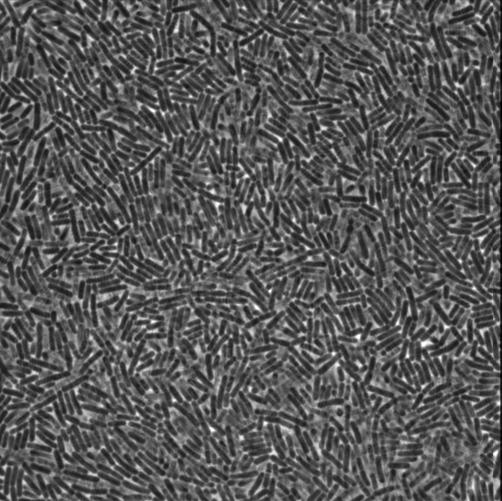New class of turbulence in active systems
Vasil Bratanov, Frank Jenko, Erwin Frey
Turbulence is a fundamental and ubiquitous phenomenon in nature, ranging from astrophysical to biophysical scales. At the same time, it is widely acknowledged as one of the key unsolved problems in modern physics. While in the past, most theoretical work in this area has been devoted to simple fluids as described by the Navier-Stokes equations, there is now a growing awareness for the need to extend the research focus to systems with multiscale drive and/or dissipation. This includes various types of complex fluids, plasmas, as well as active systems. One very interesting example of this kind is "low Reynolds number turbulence" in dense bacterial suspensions. Recently, a continuum model has been proposed to describe the experimentally observed flows. It is based on the Navier-Stokes equations, but extends them to include some of the most general terms admitted by the symmetry of the problem, e.g., Swift-Hohenberg terms to represent the drive/dissipation as well as an additional Toner-Tu-type cubic nonlinearity which can interact with the quadratic Navier-Stokes nonlinearity. While developed in the context of living fluids, it is expected to be applicable to many other systems. The present work represents the first systematic study of turbulence described by this model. Our combined numerical and analytical analysis reveals, in particular, that the energy spectrum exhibits a power law at large scales as reported in [1], but that it is not universal and that its slope depends both on finite-size effects of the simulation domain as well as on system parameters. Further investigations even provide a quantitative expression for this dependence which is reinforced by numerical simulations.
[1] Wensink et.al. PNAS 109 (36), 14308-14313 (2012).
Image: Courtesy of the Opitz Lab


